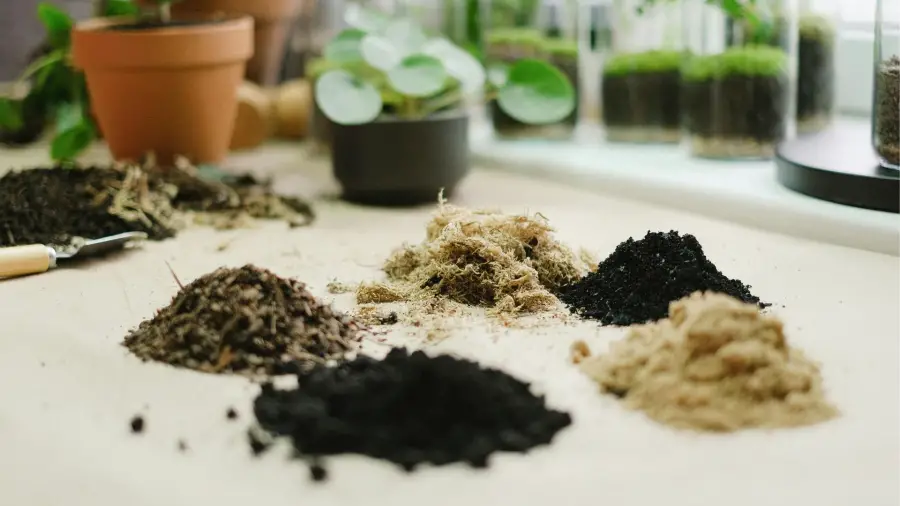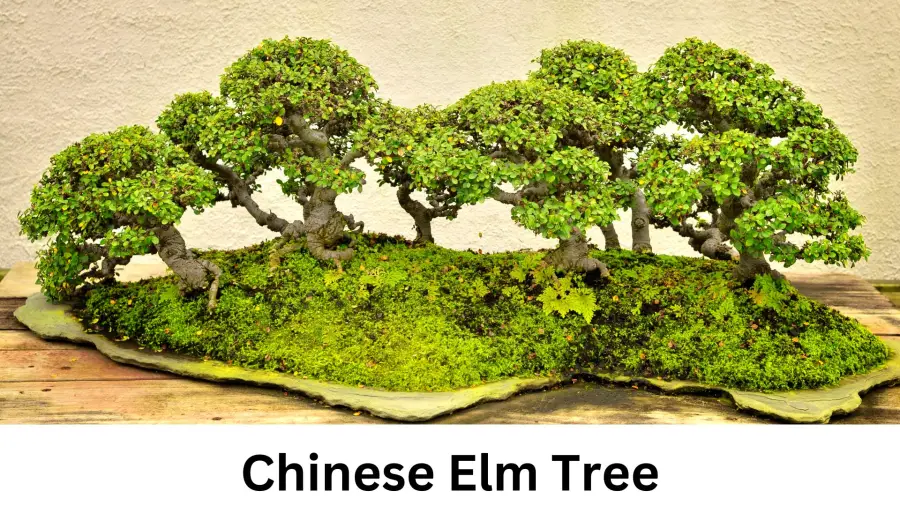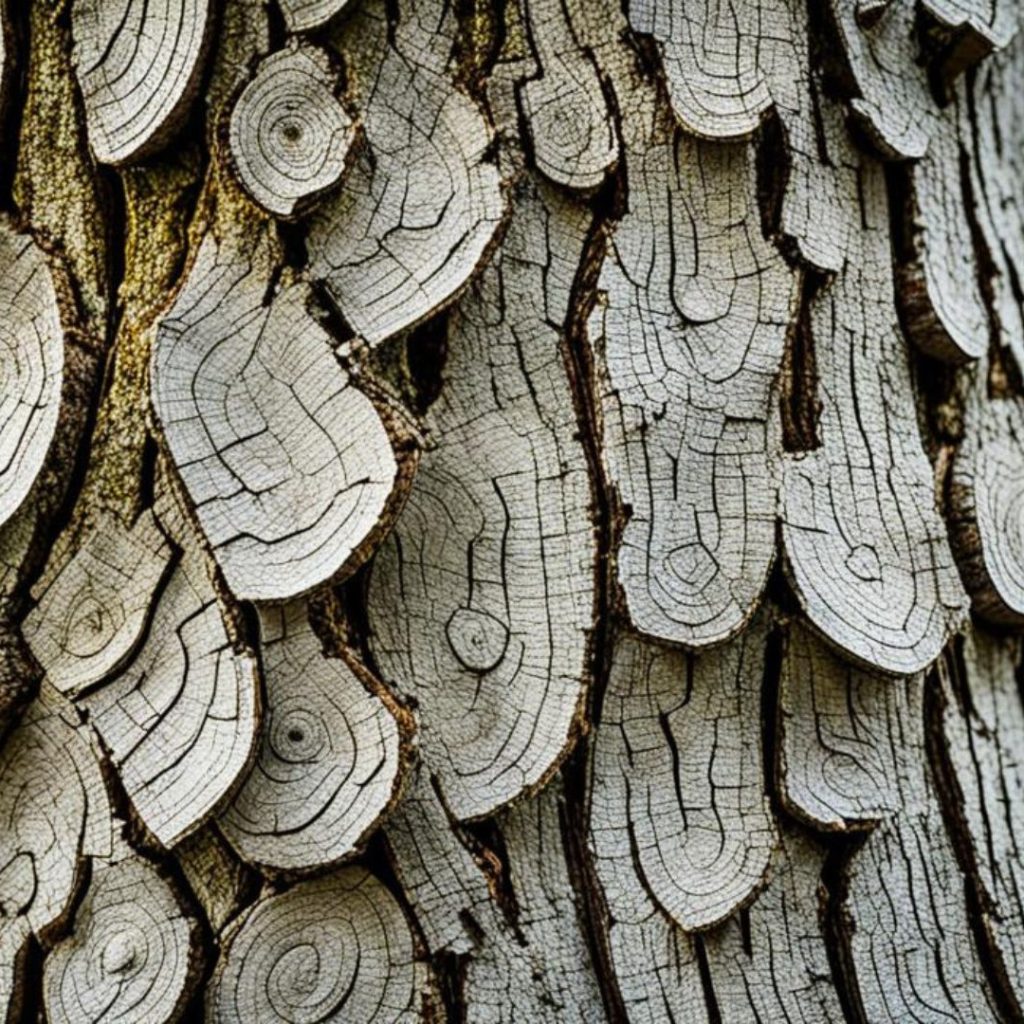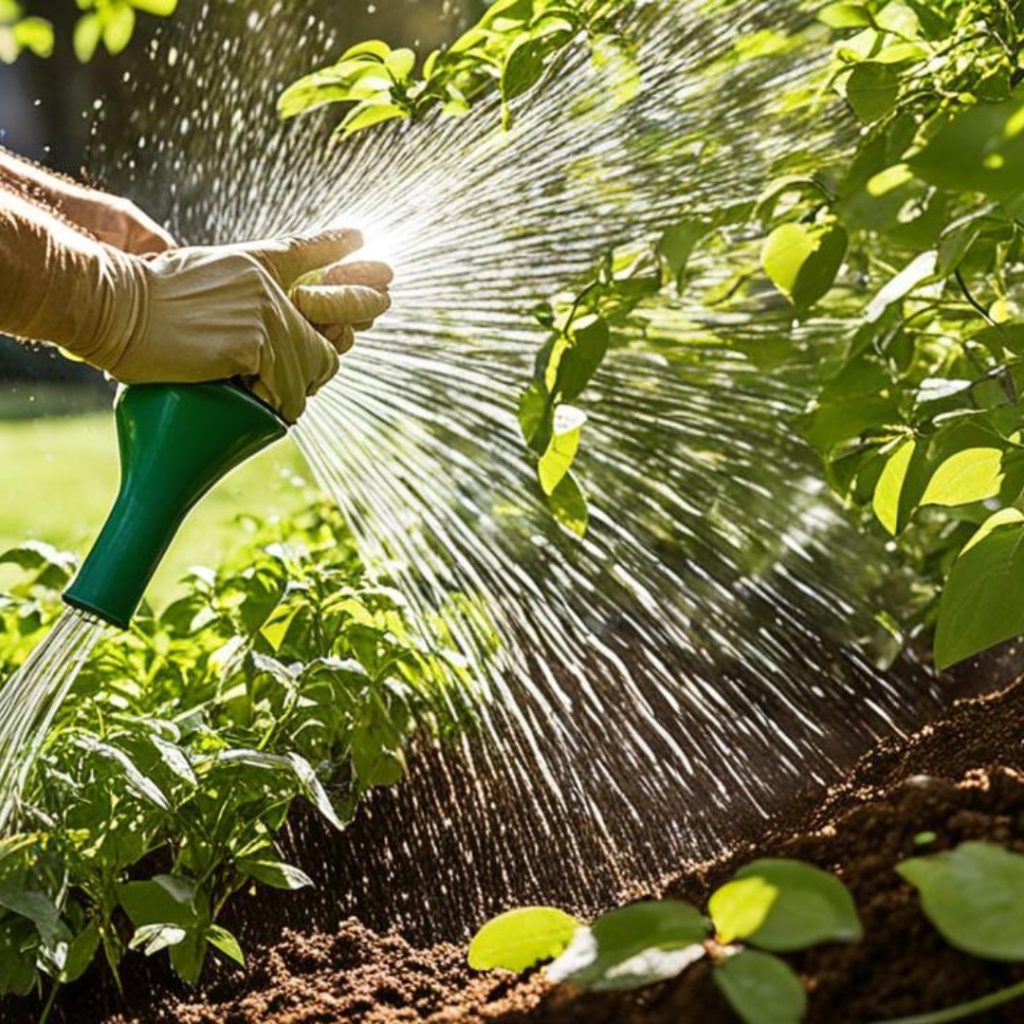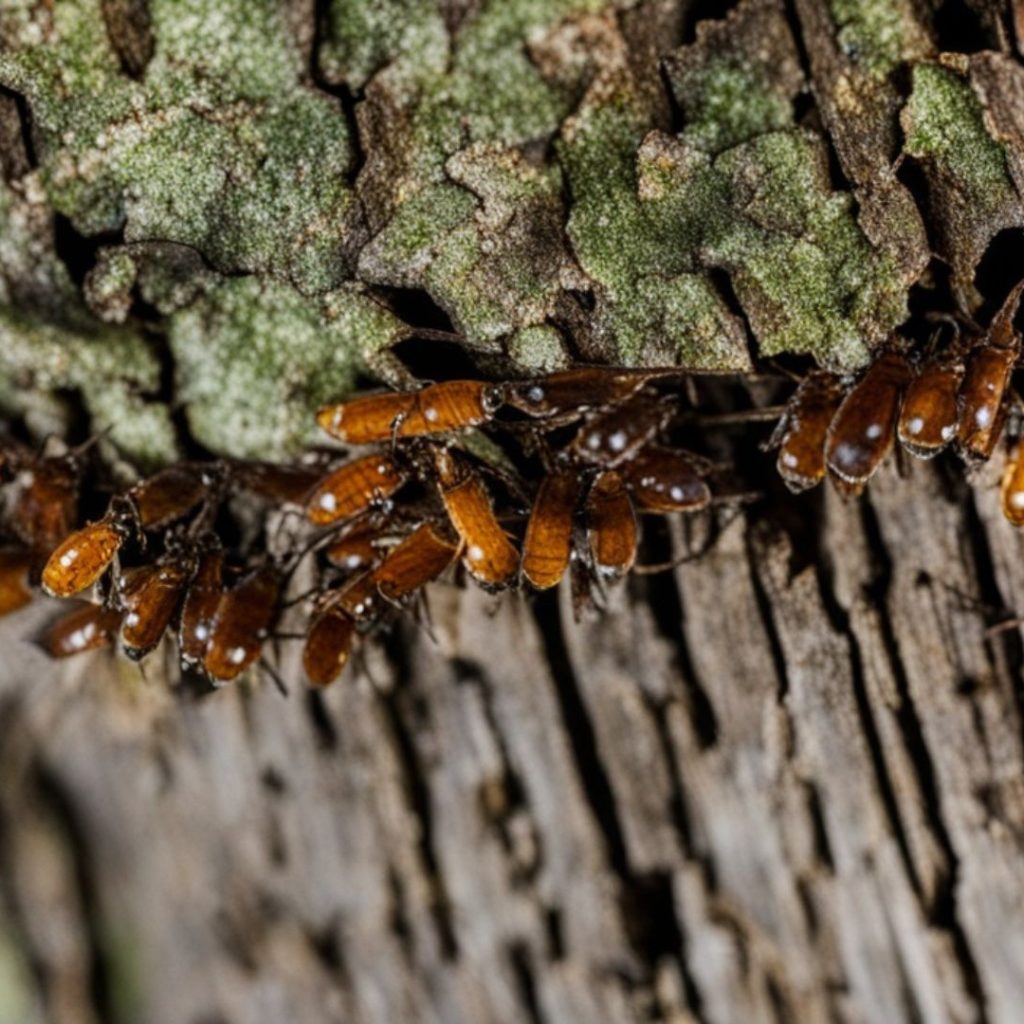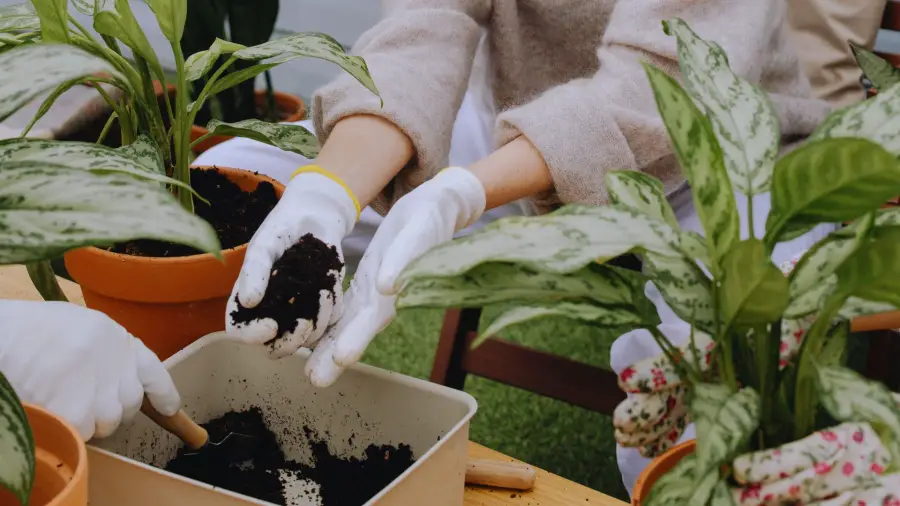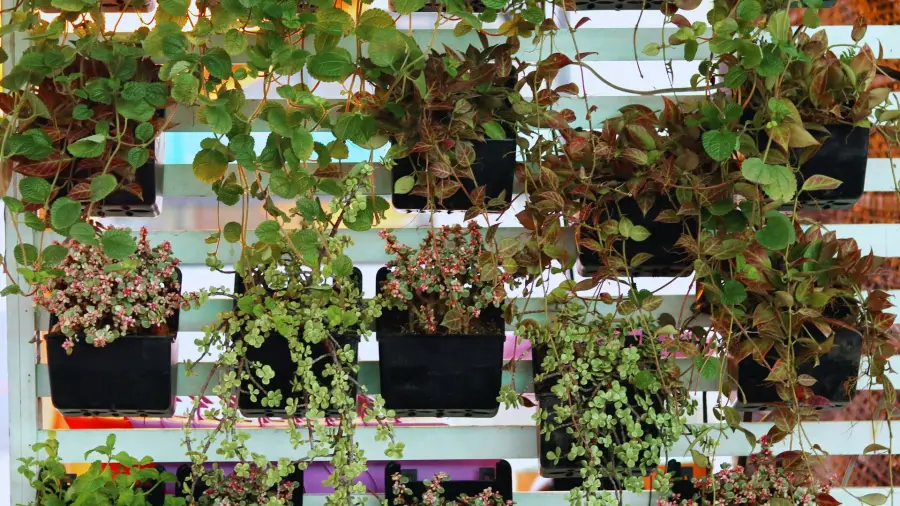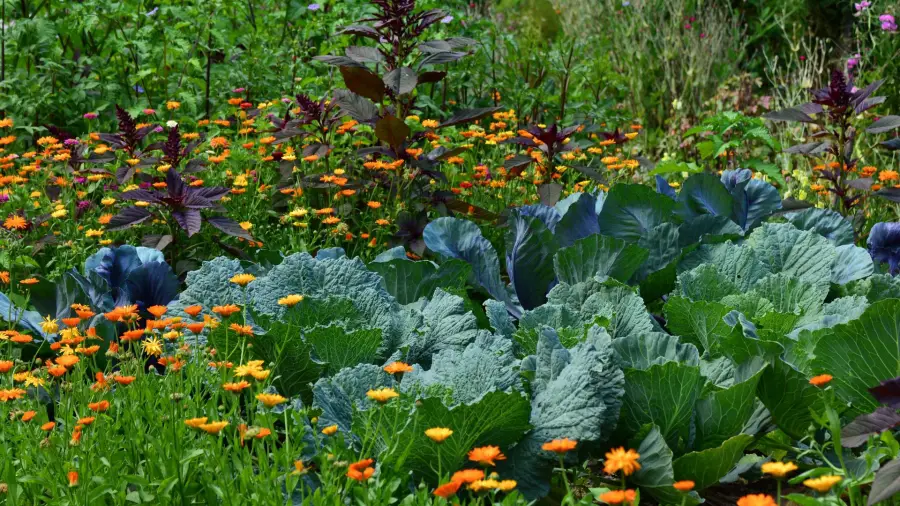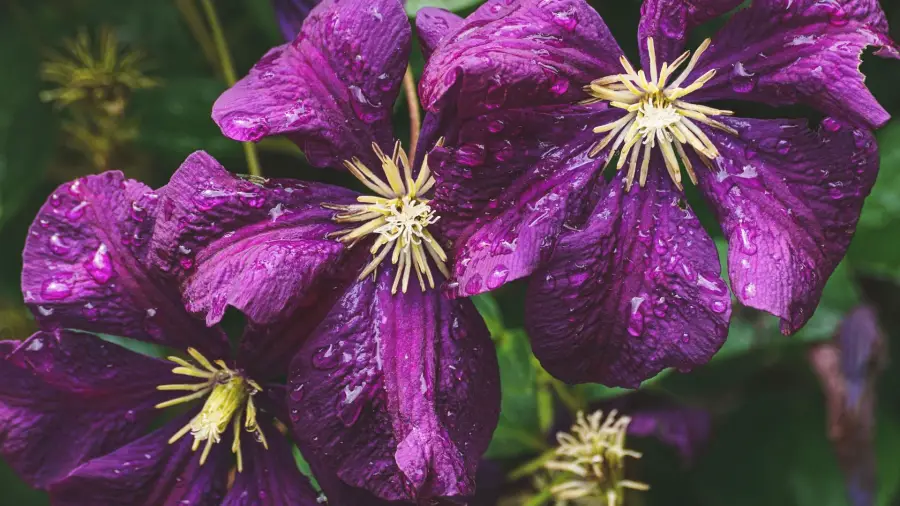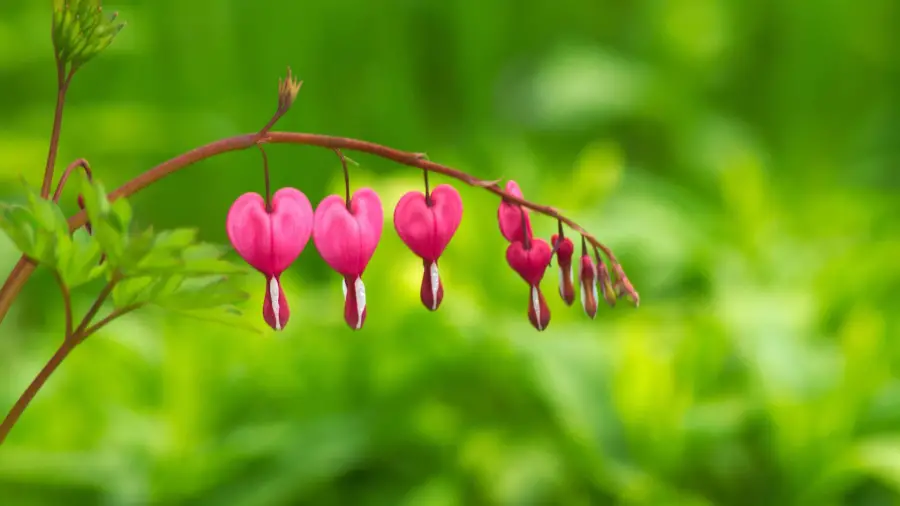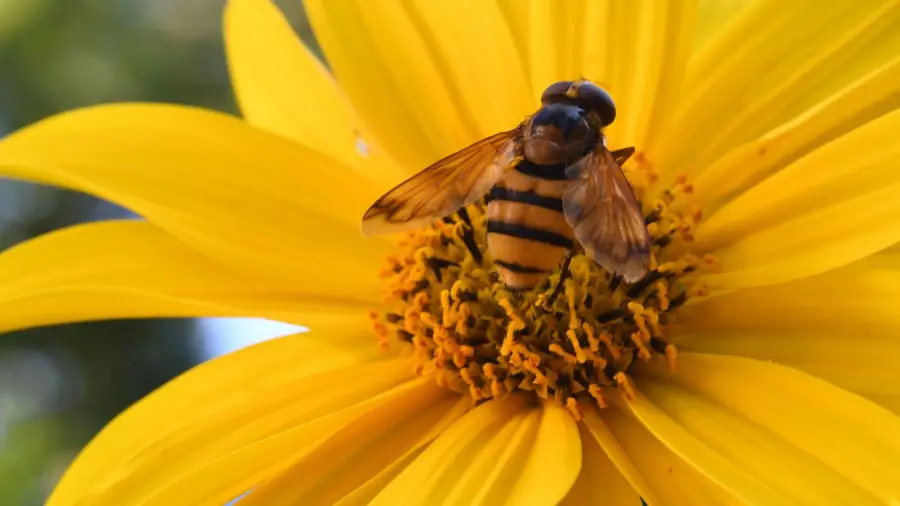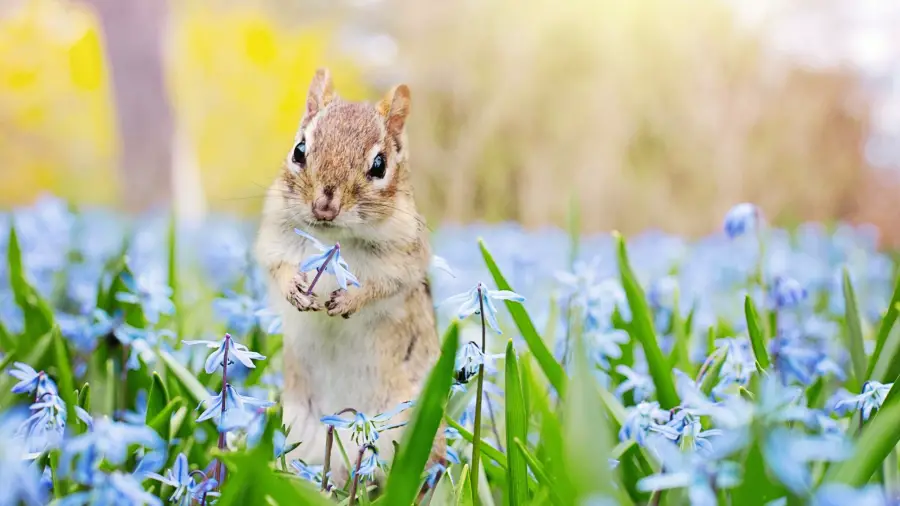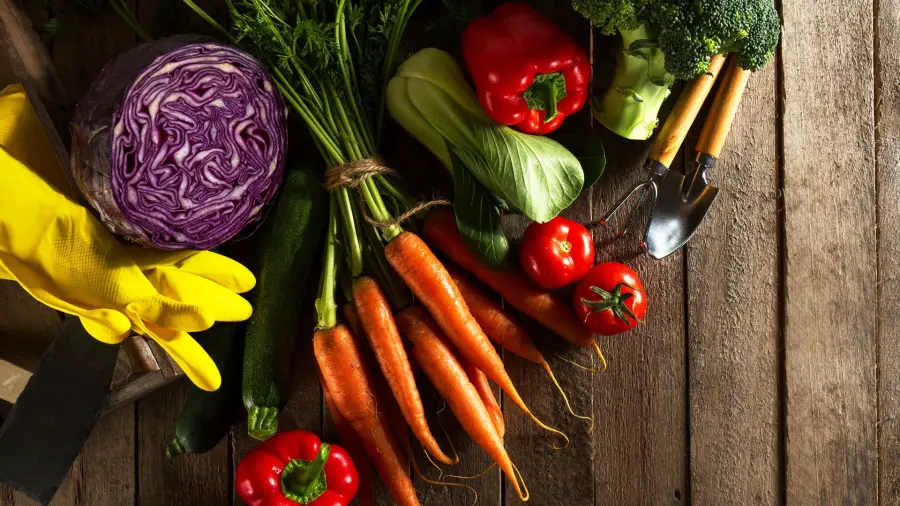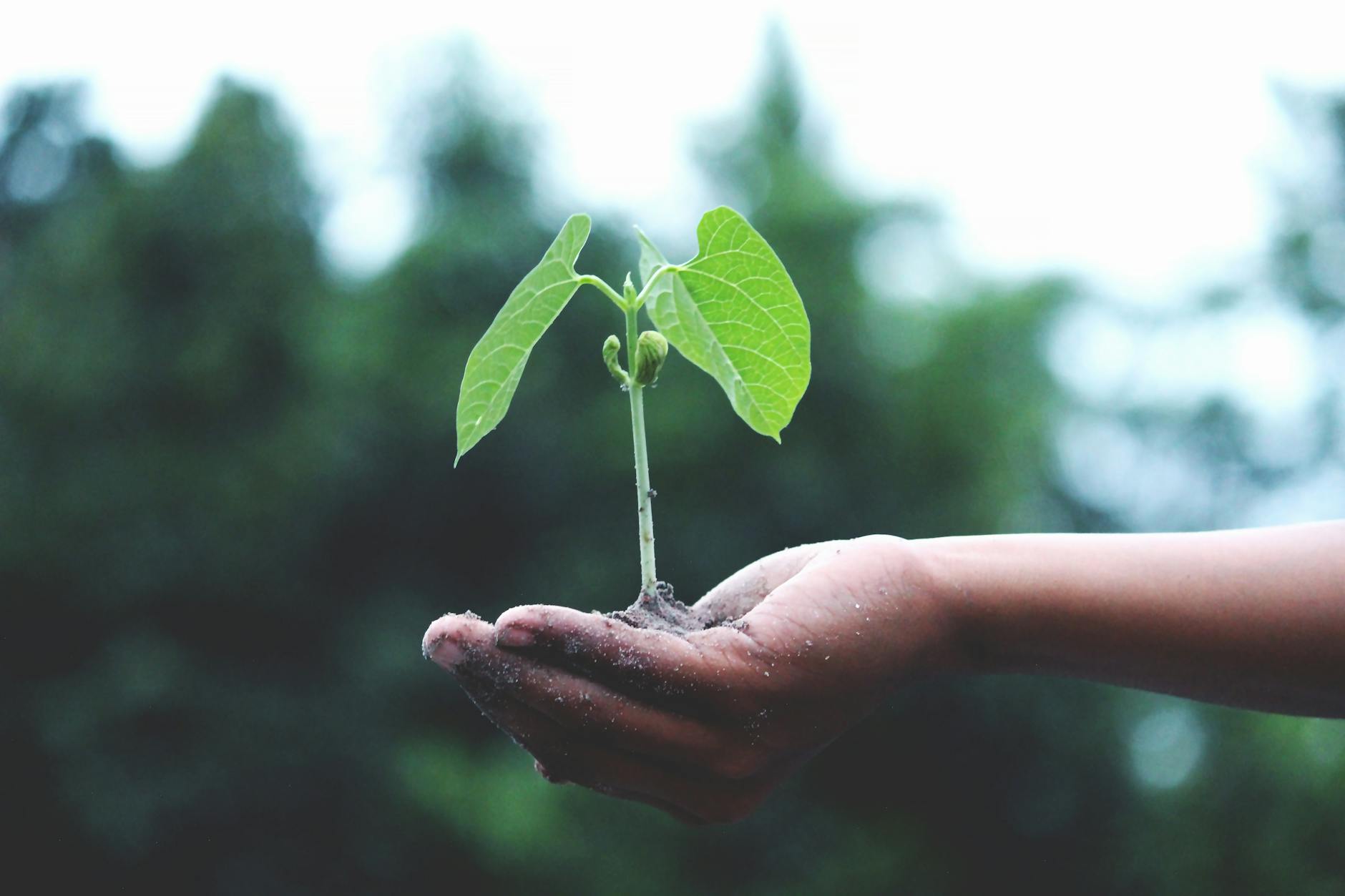
Have you ever found yourself standing in the garden center, staring at bags of soil and wondering which one to choose? You’re not alone. The world of gardening can be confusing, especially when it comes to gardening soil vs. potting soil.
While they might look similar, these two soil types serve very different purposes. Choosing the wrong one could mean the difference between thriving plants and wilting disappointment. But don’t worry! Understanding the key differences between gardening soil and potting soil can transform your green thumb game and help your plants flourish.
In this blog post, we’ll dig deep into the world of soils, exploring the unique characteristics of gardening and potting soil. We’ll compare their compositions, discuss when to use each type, and provide tips on choosing the right soil for your specific plant needs. By the end, you’ll be well-equipped to make informed decisions and give your plants the perfect foundation to grow and thrive.
Understanding Gardening Soil

Understanding Gardening Soil
Composition of gardening soil
Gardening soil, also known as garden soil or topsoil, is a complex mixture of organic matter, minerals, and microorganisms. It typically contains:
- Sand, silt, and clay in varying proportions
- Decomposed organic materials (humus)
- Beneficial microorganisms
- Essential nutrients for plant growth
| Component | Percentage |
|---|---|
| Sand | 40-60% |
| Silt | 20-40% |
| Clay | 10-20% |
| Organic | 5-10% |
Benefits for outdoor plants
Gardening soil offers several advantages for outdoor plants:
- Retains moisture while allowing excess water to drain
- Provides essential nutrients for plant growth
- Supports beneficial microorganisms that improve soil health
- Offers stability for root systems
Ideal uses in the garden
Gardening soil is best suited for:
- In-ground gardens and flower beds
- Raised garden beds
- Amending existing soil in outdoor spaces
- Large outdoor containers and planters
Drainage properties
The drainage properties of gardening soil are crucial for plant health. Well-draining soil:
- Prevents waterlogging and root rot
- Allows oxygen to reach plant roots
- Helps maintain proper soil temperature
Now that we’ve explored gardening soil, let’s move on to understanding potting soil and how it differs from garden soil.
Exploring Potting Soil

Exploring Potting Soil
Key ingredients in potting soil
Potting soil, also known as potting mix, is a specialized blend designed for container plants. It typically contains:
- Peat moss or coconut coir
- Perlite or vermiculite
- Composted bark
- Sand
- Fertilizers
These ingredients work together to create an ideal growing environment for potted plants.
Advantages for container plants
Potting soil offers several benefits for plants grown in containers:
- Improved aeration
- Better drainage
- Balanced nutrient content
- pH-adjusted for optimal growth
| Advantage | Description |
|---|---|
| Aeration | Allows roots to breathe |
| Drainage | Prevents waterlogging |
| Nutrients | Provides essential elements |
| pH | Optimized for nutrient uptake |
Lightweight nature
The lightweight composition of potting soil is crucial for container gardening. It:
- Reduces strain on containers and shelving
- Makes it easier to move pots around
- Allows roots to penetrate and grow easily
Water retention capabilities
Potting soil excels at balancing moisture levels:
- Retains enough water for plant roots
- Drains excess water to prevent root rot
- Reduces the frequency of watering
Sterility and disease resistance
One of the key advantages of potting soil is its sterility:
- Free from weed seeds
- Devoid of harmful pathogens
- Reduces the risk of soil-borne diseases
Now that we’ve explored the characteristics of potting soil, let’s compare it with gardening soil to understand their distinct uses and benefits.
Comparing Soil Types

Comparing Soil Types
Now that we’ve explored gardening soil and potting soil individually, let’s delve into their key differences to help you make an informed choice for your plants.
Texture and consistency differences
Gardening soil and potting soil have distinct textures and consistencies:
- Gardening soil: Dense, heavy, and compacts easily
- Potting soil: Light, fluffy, and well-draining
| Soil Type | Texture | Consistency | Water Retention |
|---|---|---|---|
| Gardening Soil | Dense | Heavy | High |
| Potting Soil | Light | Fluffy | Moderate |
Nutrient content variations
The nutrient profiles of these soils differ significantly:
- Gardening soil:
- Rich in natural organic matter
- Slower release of nutrients
- May require additional fertilization
- Potting soil:
- Pre-mixed with balanced nutrients
- Often contains slow-release fertilizers
- Designed for optimal plant growth in containers
pH levels and adjustability
pH levels play a crucial role in plant health:
- Gardening soil: pH varies based on local conditions; may need adjustment
- Potting soil: Typically pre-adjusted to a neutral pH (6.0-7.0)
Cost comparison
When considering which soil to use, cost is an important factor:
- Gardening soil:
- Generally less expensive
- Available in bulk quantities
- Cost-effective for large outdoor areas
- Potting soil:
- More expensive per volume
- Sold in smaller bags
- Higher cost justified by convenience and specialized formulations
Next, we’ll explore how to choose the right soil for your specific plant needs.
Choosing the Right Soil for Your Plants

Choosing the Right Soil for Your Plants
Now that we’ve compared gardening soil and potting soil, let’s focus on selecting the best soil for your plants. Understanding which soil to use is crucial for the health and growth of your plants.
Factors to consider
When choosing between gardening soil and potting soil, consider:
- Plant type
- Growing location (indoor vs outdoor)
- Container size
- Drainage requirements
- Nutrient needs
Best plants for gardening soil
Gardening soil is ideal for:
- Outdoor plants
- In-ground gardens
- Large containers
| Plant Type | Examples |
|---|---|
| Vegetables | Tomatoes, peppers, carrots |
| Shrubs | Hydrangeas, roses, azaleas |
| Trees | Fruit trees, ornamental trees |
Ideal plants for potting soil
Potting soil works best for:
- Indoor plants
- Container gardens
- Small to medium-sized pots
| Plant Type | Examples |
|---|---|
| Houseplants | Spider plants, pothos, ficus |
| Herbs | Basil, mint, thyme |
| Succulents | Aloe vera, echeveria, jade |
Mixing soil types for optimal results
For some plants, combining gardening soil and potting soil can provide the best of both worlds. This approach:
- Improves drainage
- Enhances nutrient retention
- Provides better aeration
Next, we’ll explore ways to enhance soil performance for even better plant growth.
Enhancing Soil Performance

Enhancing Soil Performance
Now that we’ve explored the differences between gardening soil and potting soil, let’s dive into how to enhance their performance for optimal plant growth.
Amendments for gardening soil
To improve gardening soil, consider adding organic matter such as compost, well-rotted manure, or leaf mold. These amendments enhance soil structure, increase nutrient content, and improve water retention. Here’s a list of common amendments:
- Compost
- Well-rotted manure
- Leaf mold
- Peat moss
- Vermiculite
Boosting potting soil quality
While potting soil is pre-mixed, you can still enhance its quality. Add perlite or vermiculite to improve drainage and aeration. Slow-release fertilizers can provide long-term nutrition for container plants.
DIY soil mixing techniques
Creating your own soil mix allows for customization based on plant needs. Here’s a simple recipe for a general-purpose potting mix:
| Ingredient | Proportion |
|---|---|
| Peat moss or coco coir | 1 part |
| Compost | 1 part |
| Perlite or vermiculite | 1 part |
| Sand | 1/2 part |
Adjust the ratios based on your plants’ specific requirements.
Importance of proper soil maintenance
Regular soil maintenance is crucial for both gardening and potting soil. Test pH levels annually and adjust as needed. For outdoor gardens, rotate crops to prevent nutrient depletion. In containers, repot plants periodically to refresh the soil and provide room for root growth.

Gardening soil and potting soil each have unique characteristics that make them suitable for different applications. While gardening soil is ideal for outdoor use in garden beds and landscapes, potting soil is specifically formulated for container plants. Understanding these differences is crucial for successful plant growth and maintenance.
When selecting soil for your plants, consider their specific needs and growing conditions. Whether you choose gardening soil or potting soil, remember that proper soil management and enhancement techniques can significantly improve plant health and overall garden success. By using the right soil type and implementing best practices, you’ll create an optimal environment for your plants to thrive.
